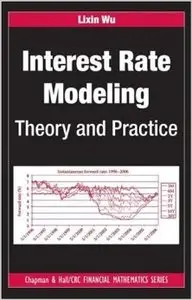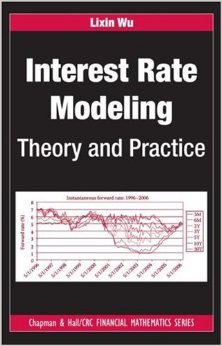Lixin Wu, "Interest Rate Modeling: Theory and Practice"
2009 | ISBN-10: 1420090569 | 353 pages | PDF | 10 MB
2009 | ISBN-10: 1420090569 | 353 pages | PDF | 10 MB
Containing many results that are new or exist only in recent research articles, Interest Rate Modeling: Theory and Practice portrays the theory of interest rate modeling as a three-dimensional object of finance, mathematics, and computation. It introduces all models with financial-economical justifications, develops options along the martingale approach, and handles option evaluations with precise numerical methods.
The text begins with the mathematical foundations, including Ito’s calculus and the martingale representation theorem. It then introduces bonds and bond yields, followed by the Heath–Jarrow–Morton (HJM) model, which is the framework for no-arbitrage pricing models. The next chapter focuses on when the HJM model implies a Markovian short-rate model and discusses the construction and calibration of short-rate lattice models. In the chapter on the LIBOR market model, the author presents the simplest yet most robust formula for swaption pricing in the literature. He goes on to address model calibration, an important aspect of model applications in the markets; industrial issues; and the class of affine term structure models for interest rates.
Taking a top-down approach, Interest Rate Modeling provides readers with a clear picture of this important subject by not overwhelming them with too many specific models. The text captures the interdisciplinary nature of the field and shows readers what it takes to be a competent quant in today’s market.



